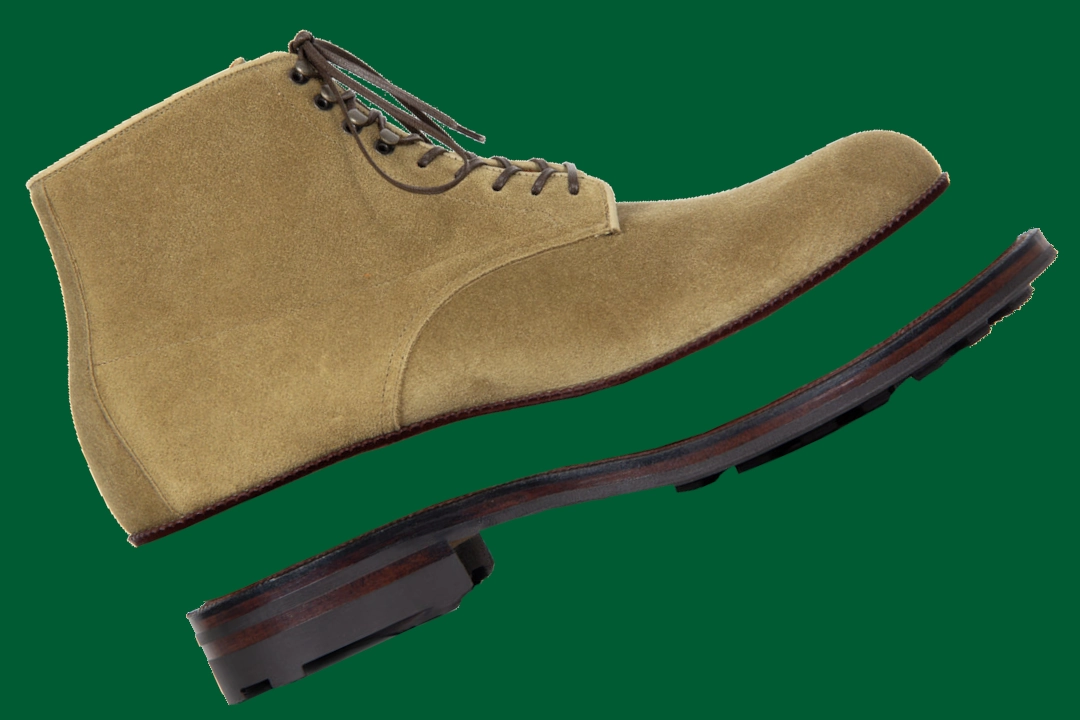The Problem With Barefoot Boots
 (they're usually ugly)
(they're usually ugly)
With sneakers, I talk about visual interest in uppers via elements like mixed materials, paneling, and color. What happens when designers have none of that at their disposal? That’s the case with boots and shoes, whose parameters are quite rigid. They’re mostly heel, quarter, and vamp, each cut from the same leather. There’s even wholecut boots and shoes, for example, which are valued for being able to have no panels at all.
Additionally, footwear is more than just an upper. There’s so much character and silhouette in a sole. A boot’s heel stack and welt not only speak to the boot’s construction, but they also have decorative potential. Features like the heel shape, the instep length, and lugs or the lack thereof work together to create a shoe’s unique silhouette.
What can barefoot shoe brands do to make their boots compete with the styling that non-barefoot construction affords? I think there are three options: put effort into the upper, beef up the sole, and offer styles that work with the barefoot form factor. My forthcoming list of barefoot boot recs has boots that do each of these.

The uppers of barefoot boots and shoes need to do some heavy lifting. The Origo Adventurer Boot does a good job of this. It uses gorgeous pull-up leather, heavy brass eyelets and speed-hooks (in addition to looking high-quality, including both forms of lace hardware adds interest), and double stitching on panels with beautiful proportions (compare to the Shapen Maverick to see panel proportions that I find a bit “off”). However, the Origo Adventurer Boot ultimately doesn't make my list because I personally can’t get over the thin sole.
The Hanswood Derby is another example of a good upper. I love the minimal stitching— not only for the clean and unique look it creates. The shoe feels designed and intentional.

People wear boots in part because they’re more rugged than casual shoes, so why can’t barefoot boots be more rugged than barefoot casual shoes? Even ten millimeters of stack height is enough for a sole to have some character. Now’s a good time to shout out the Beyond Barefoot blog, which speaks to the need for thicker barefoot shoes from a functionality perspective.
The last option is for brands to make boots that lend well to barefoot features. For some styles, a thin and flat sole just makes sense. I’ve talked about this with slim shoes and various sandals. For other styles, barefoot features can live underneath a faked midsole. Shoes like the Groundies Starlite show us that clever construction and a generous sidewall can do wonders.